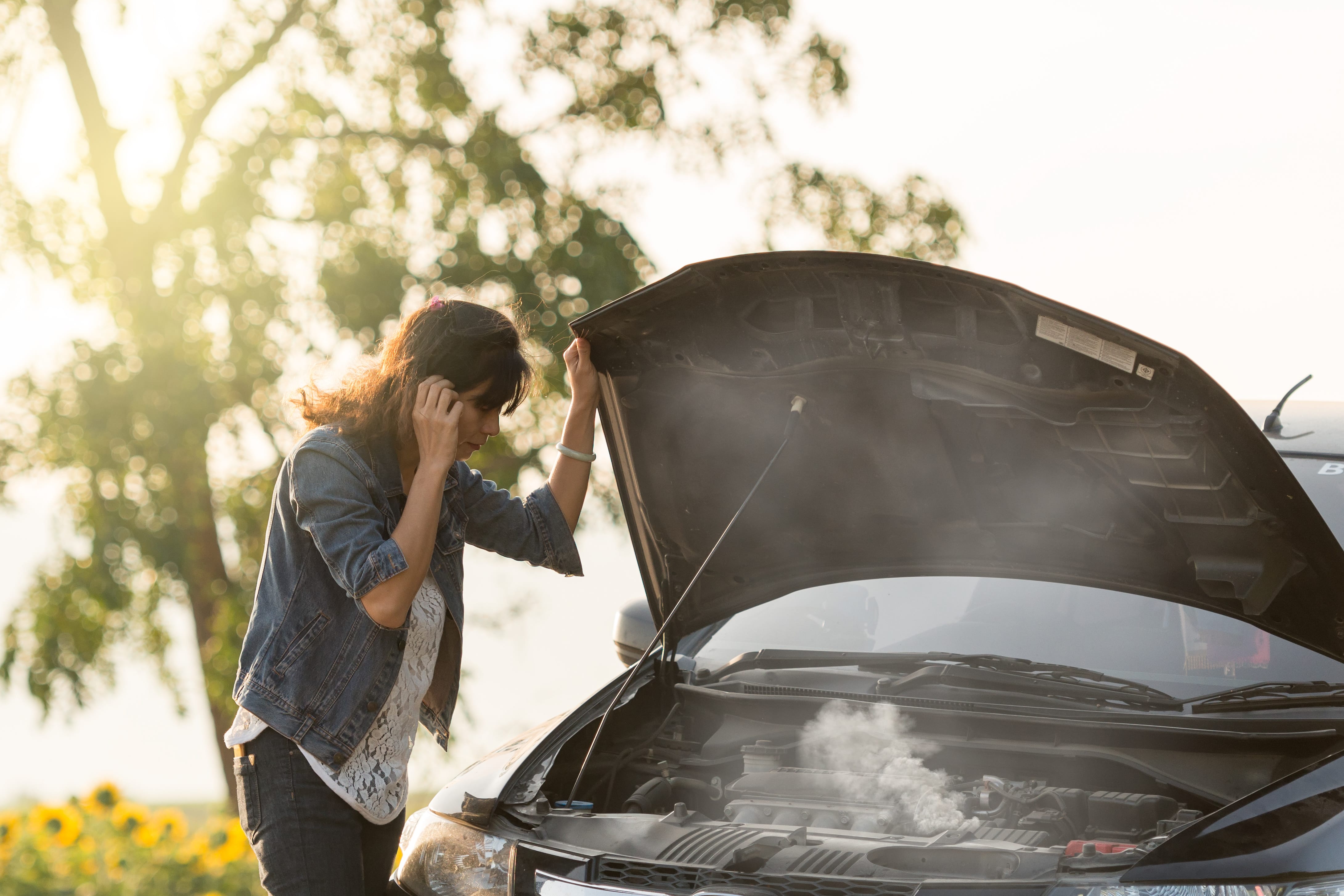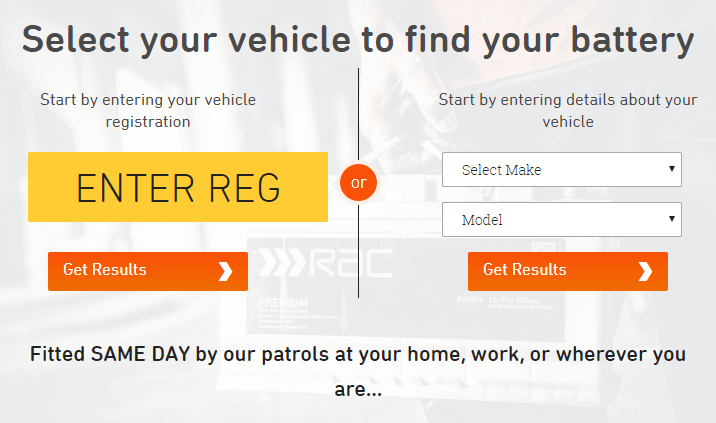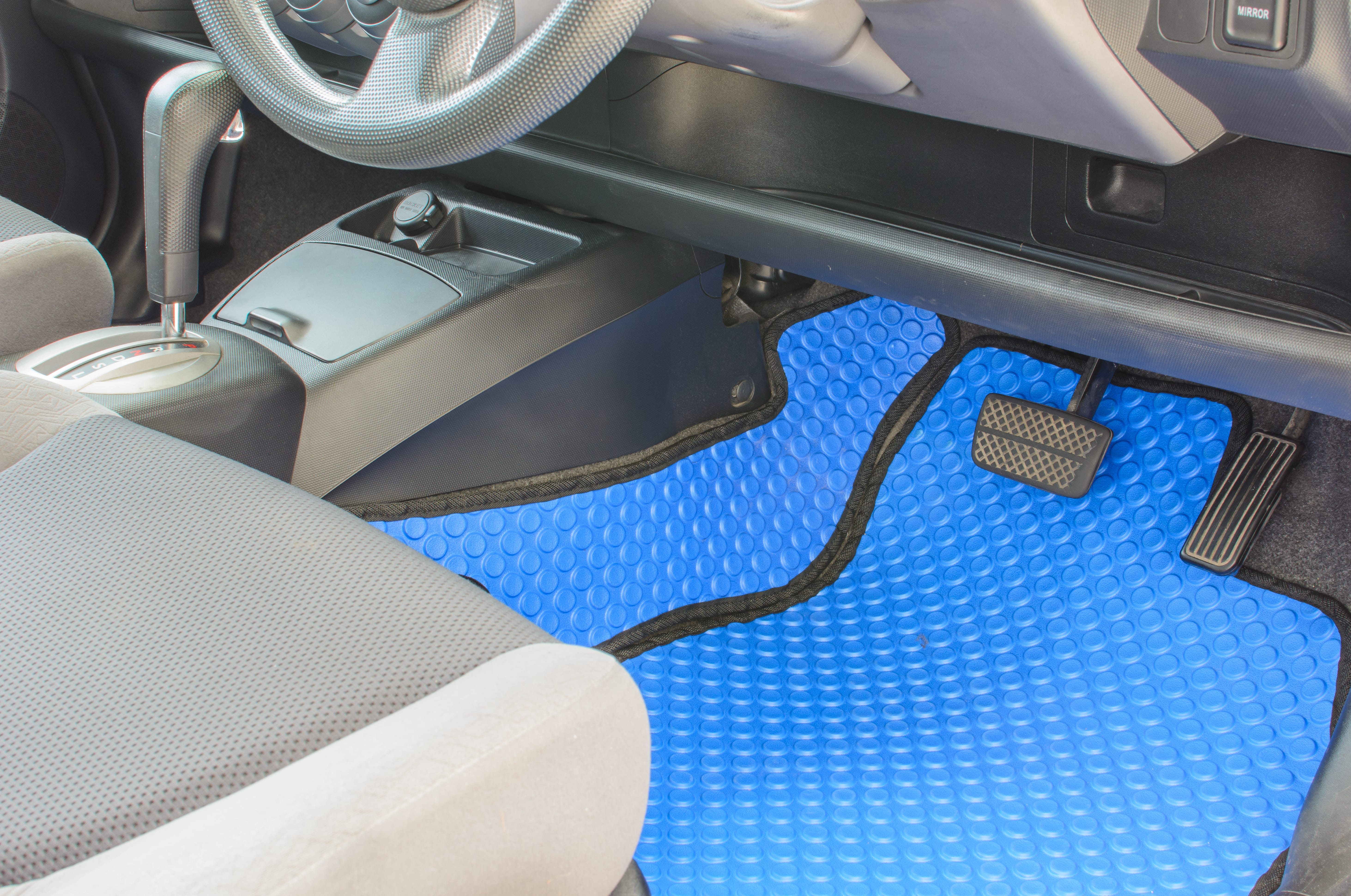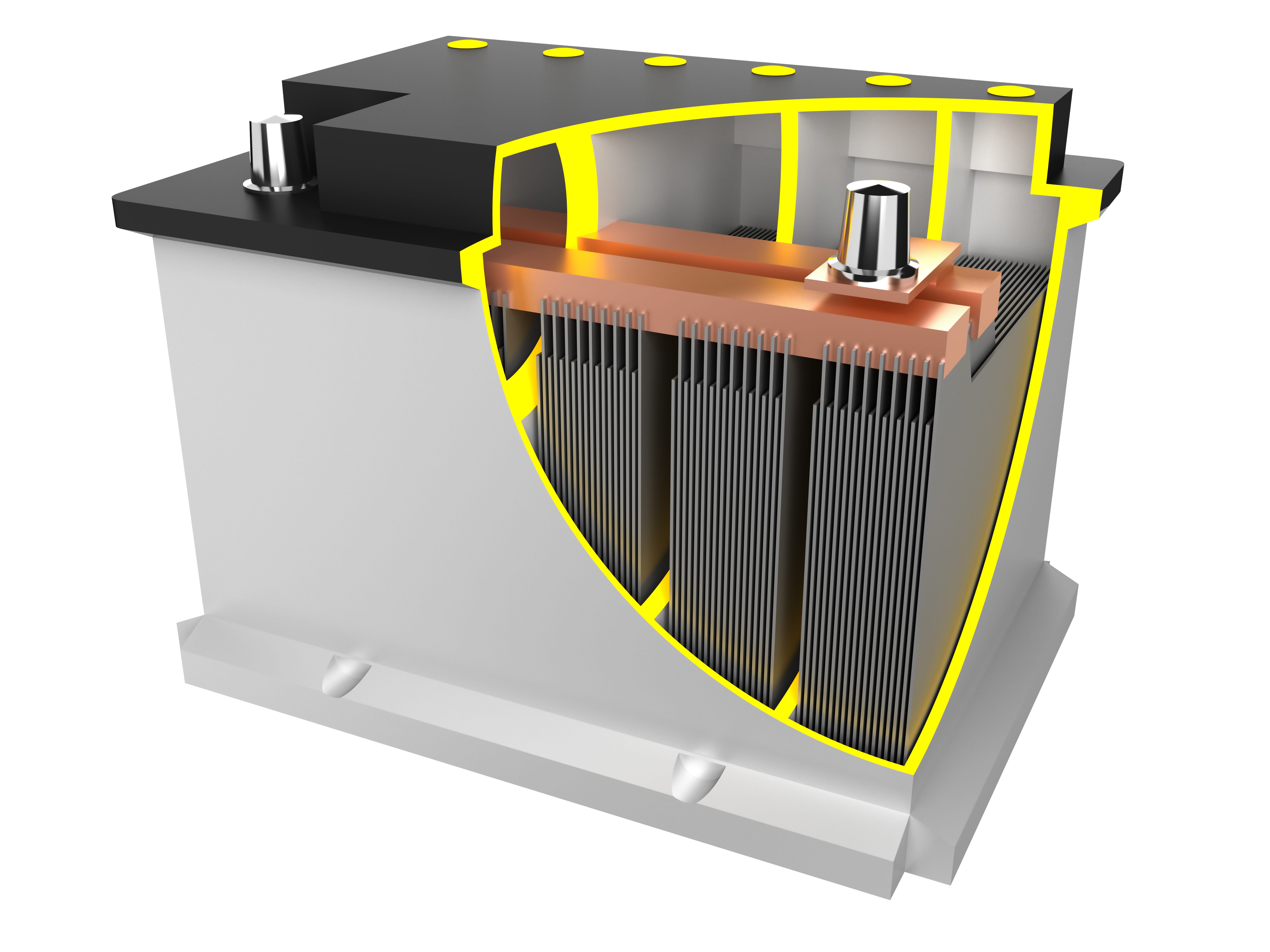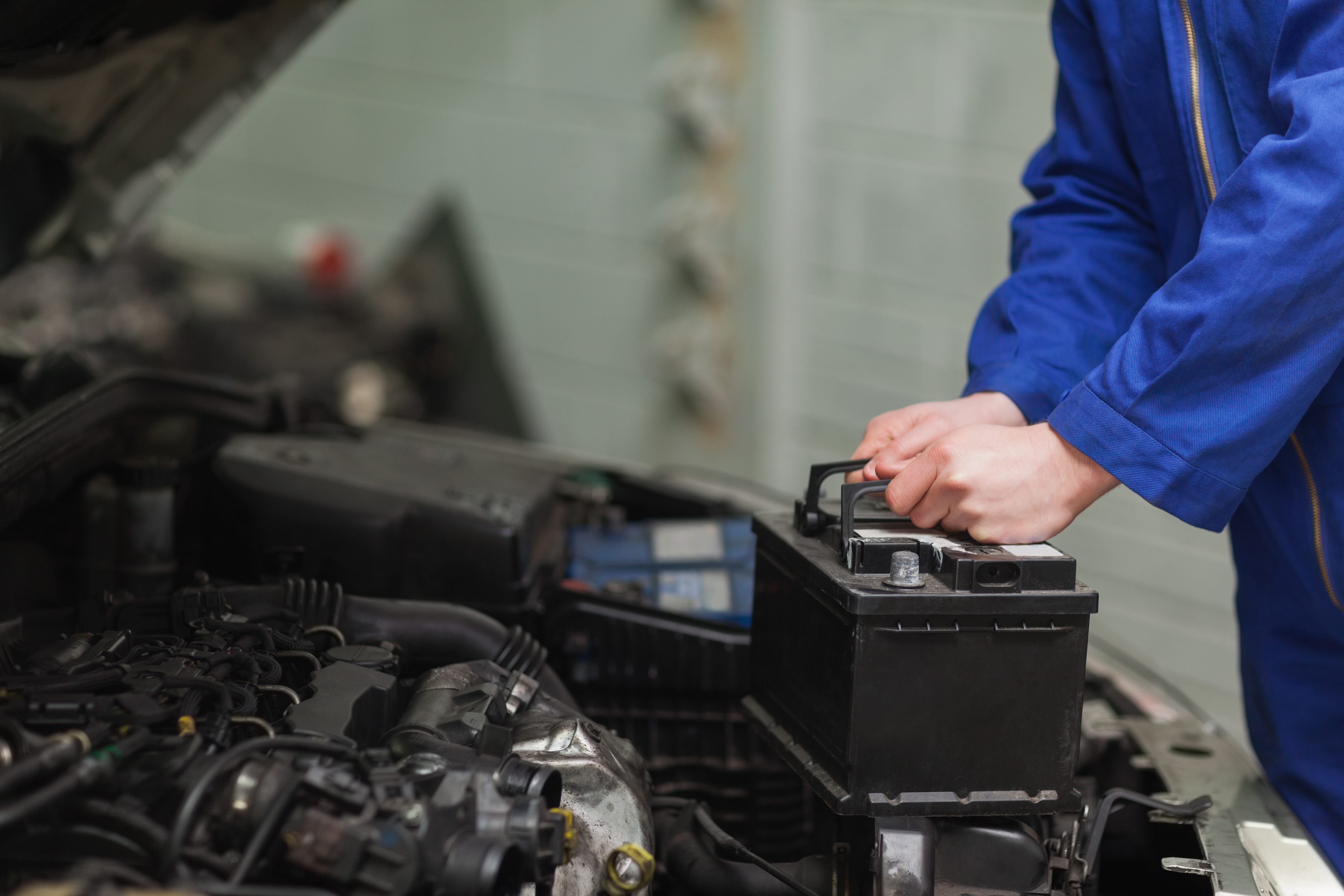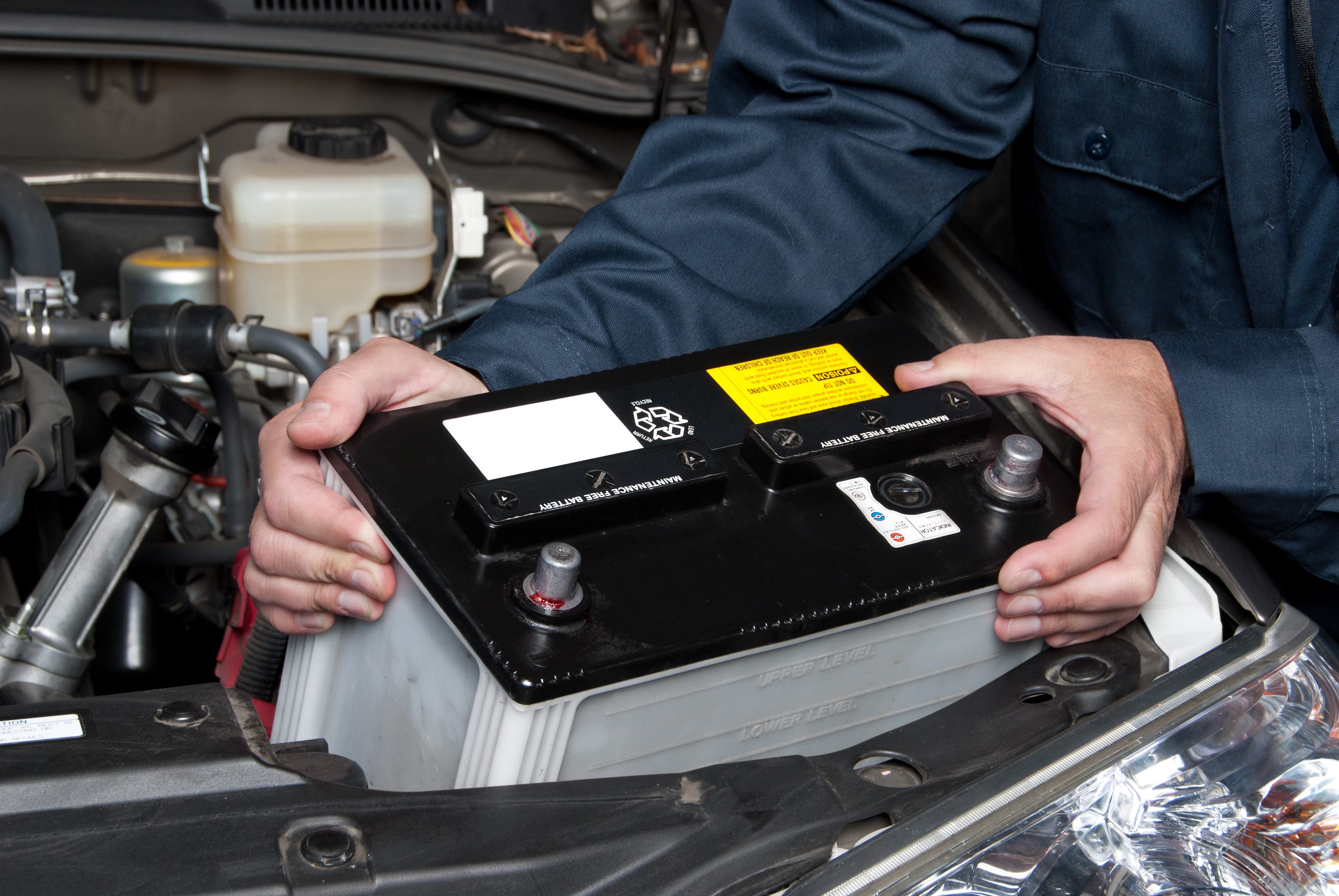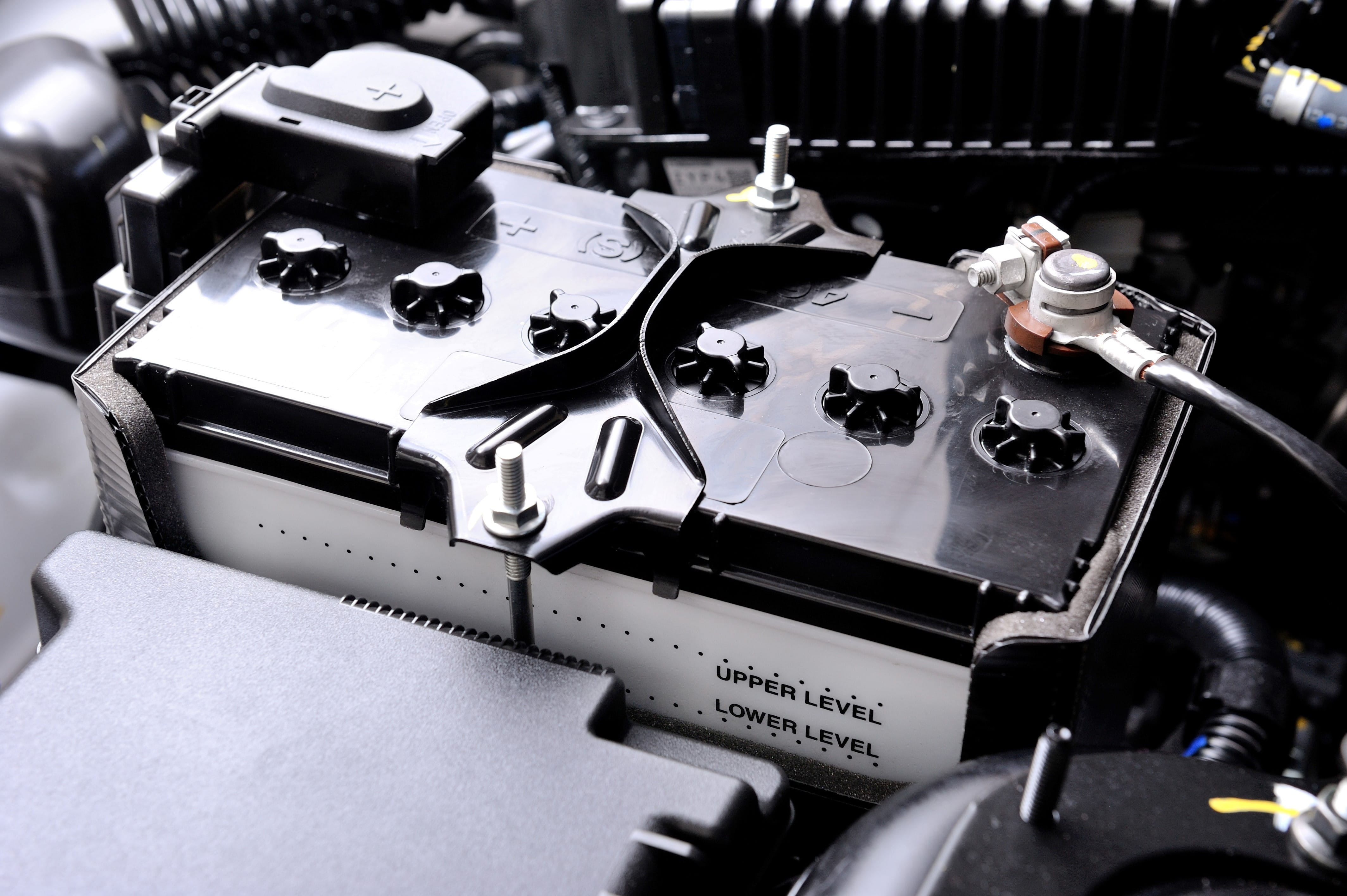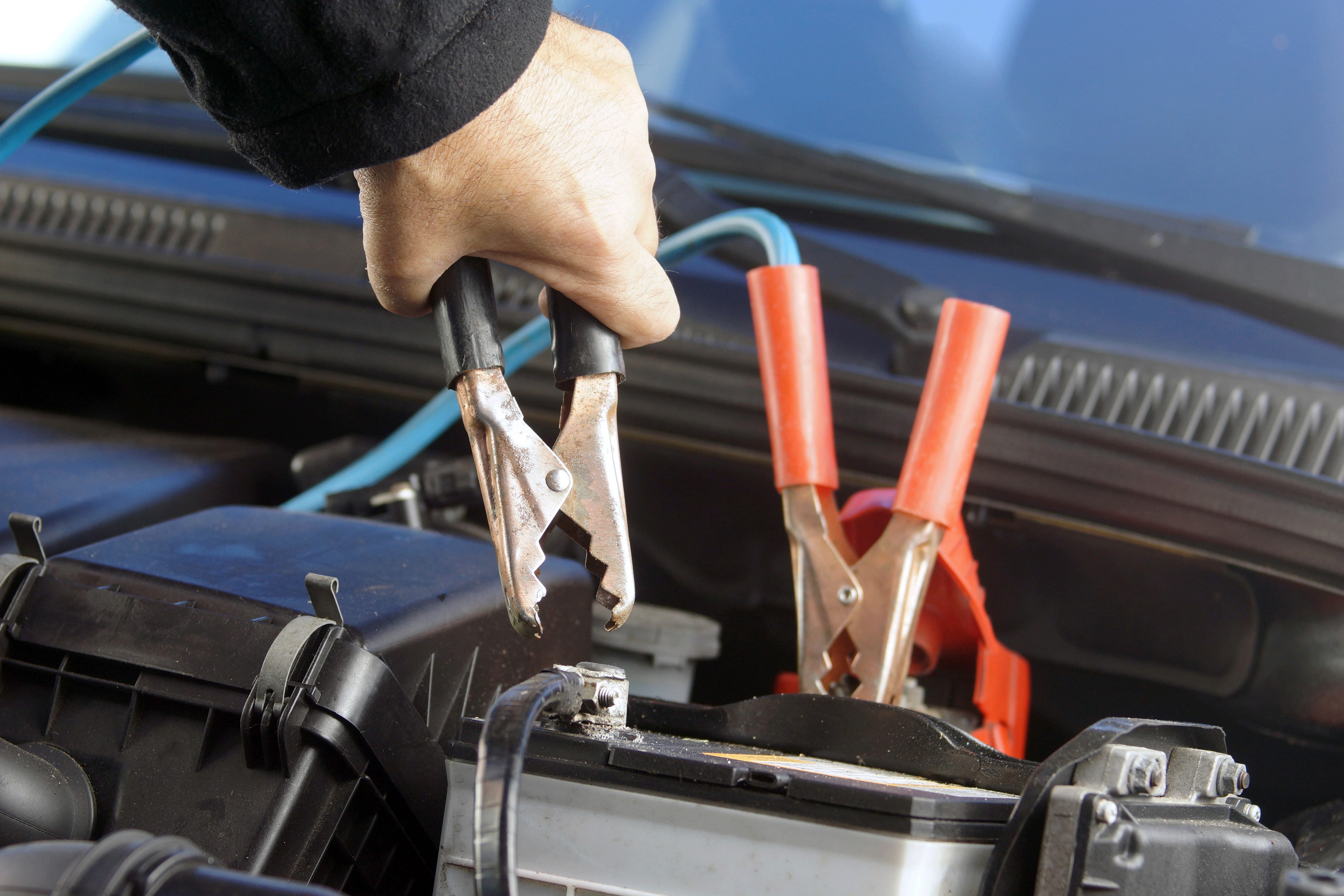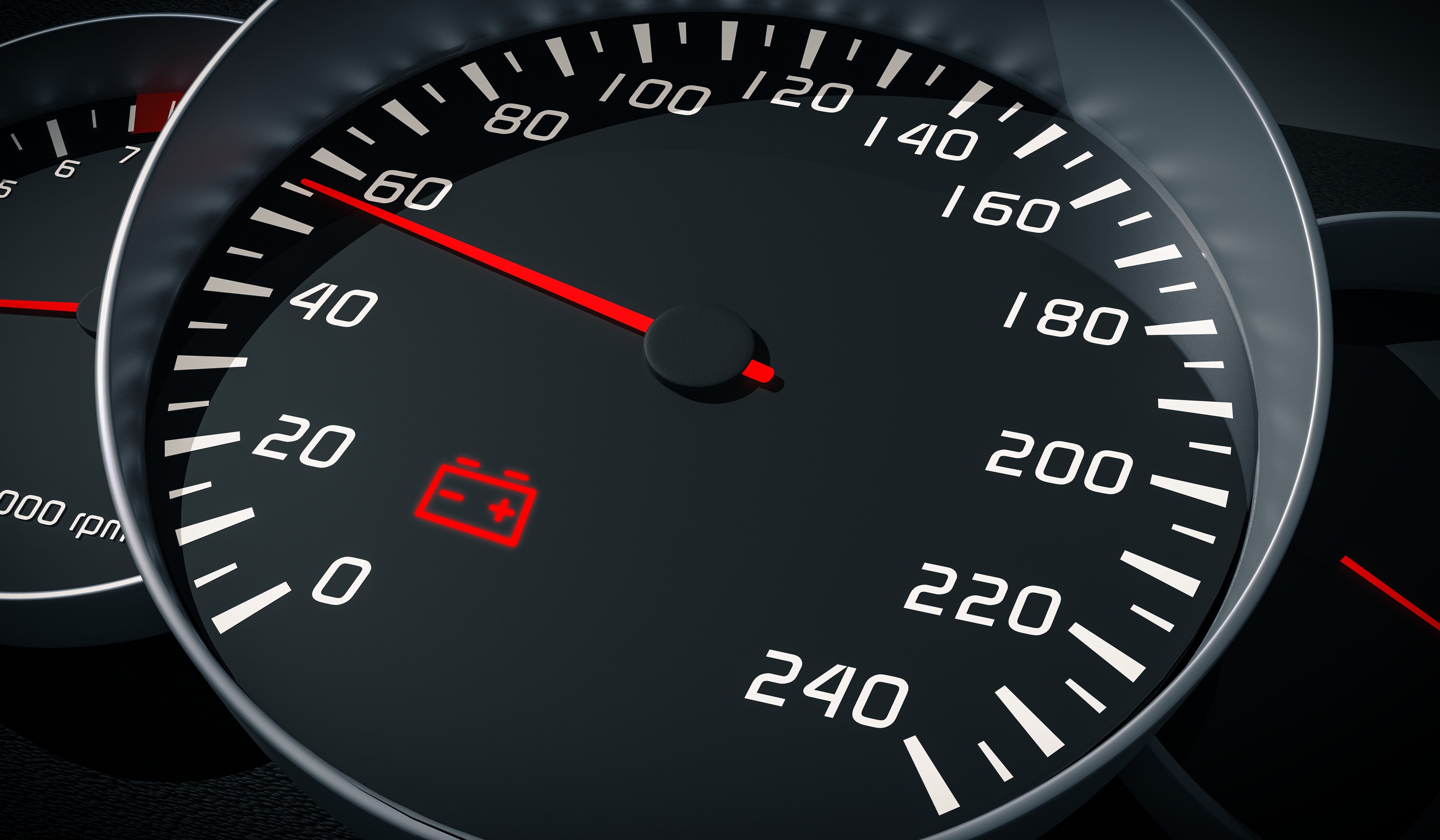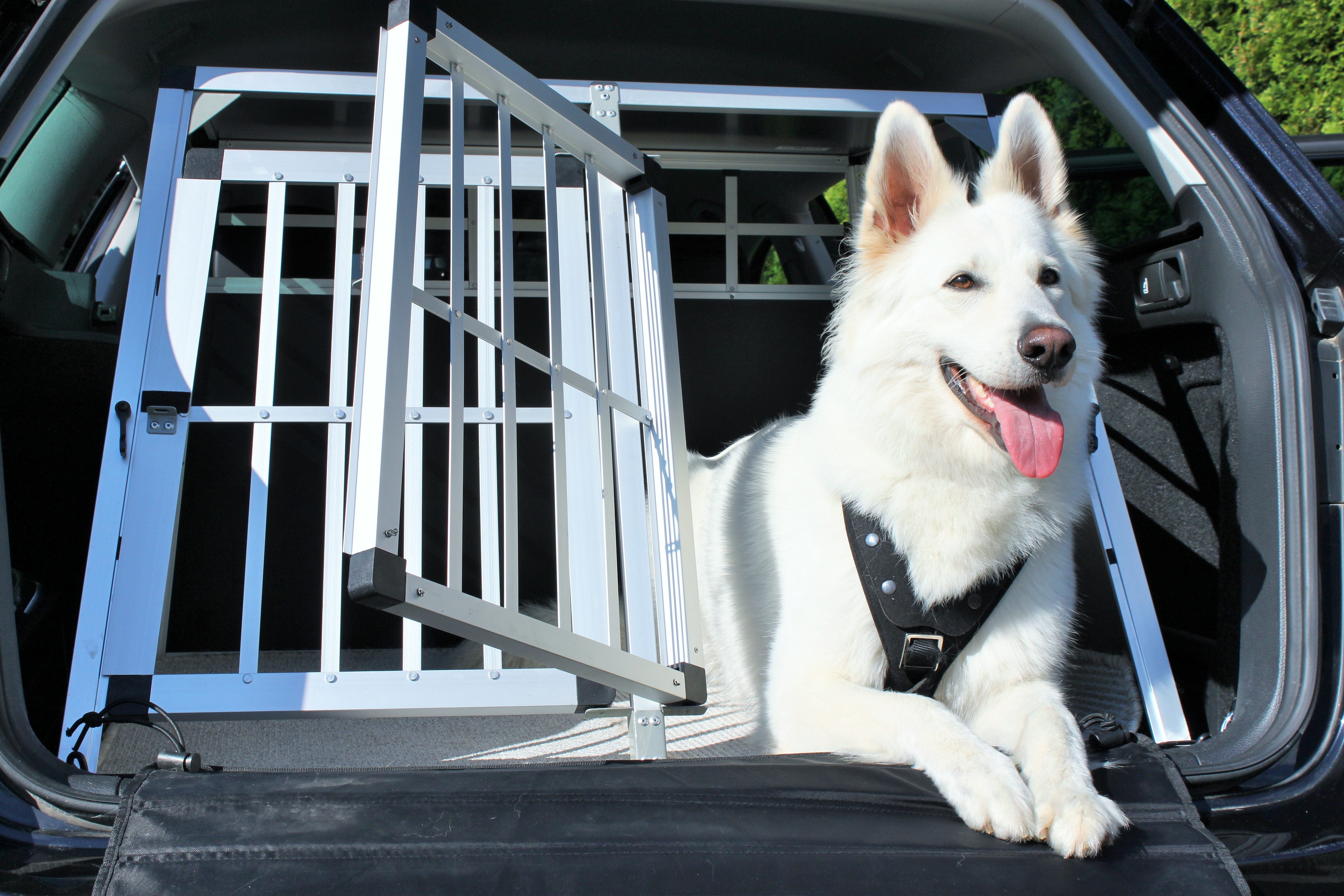
As responsible motorists, before setting off on a journey in the car, it is second nature to make sure the children are strapped in securely but what about our dogs? How safe are they as we drive on our roads and motorways.
An unrestrained dog in the car is not only at risk from injury, it also poses a serious driving hazard to all those in the vehicle, as well as other road users. It is against the law to carry an unrestrained animal in the car. The law is quite clear on this: an unrestrained, free roaming dog, for example, could be judged to have contributed to causing an accident – and may also result in invalidation of insurance cover.
Having said that, if a dog is part of your family, chances are that travelling together is a regular adventure enjoyed by both parties – journeys to favourite walking areas, the beach where you can often set them free to run, and play in the surf – as well as the usual trips to the vets for vaccinations and check ups.
Here at the RAC shop, as professionals of the road, we know all about keeping your dog, you and your loved ones, secure and safe when travelling by road.
While it is true many dogs will sit quietly on the back seat for the duration of their journey, happily enjoying the view out of the window, in between naps – others will jump and fidget about, possibly cause a distraction to the driver of the vehicle – something that is to be avoided in order to prevent an accident.
Even a well trained and impeccably well behaved dog must be restrained in case of sudden braking, or an impact accident. A dog thrown through the windscreen, or against the vehicle frame or seats, very often sustains life threatening injuries.
It makes sense to transport your dog in the back of the car rather than the front. Never be tempted to sit with your dog on your lap while driving, or allow other passengers to travel with an unrestrained dog on their lap.
When choosing a car restraint for your dog, and car, you have a number of options on how to best to keep your dog secure and comfortable in the car. Your final decision will be determined by the size and shape of your vehicle, the size and temperament of your dog and what is easiest for you.
If like many, your dog is happy to sit quietly in a cage, then this could be the best option – providing that you have enough room, of course! The cage needs to be large enough to accommodate your dog comfortably and allow them to sit up, lie down and turn around.
Our cages are multifunctional and can be used as a bed or a travel carrier for your pet. They can help reduce driver distraction as well as ensuring your pet is secure and safe but also happy and at ease when on the road – and they are easy to assemble and store.
Where a cage is not practical, dog guards can be fitted to your car between the back of the seats and the boot area. This provides a restricted area of space for your dog to be contained within. Space wise, a dog guard is similar to having a cage within your car, but a cage provides added protection against impact injuries caused by being thrown around during an accident.
Dog harnesses, like standard walking harnesses are worn around the chest and girth of your dog, and fasten securely to your car’s existing seatbelt fittings. Dog harnesses are available in all shapes and sizes, with something to fit all dogs, thereby ensuring a good snug but comfortable fit which is vital for the harness to do the job it was designed for.
A quality dog car harness will be adequately padded to cushion the effects of restraint in the event of an accident or sudden stop. If your dog is happy wearing a harness, then a harness is probably the best and safest choice of restraint.
As well as making sure your dog is safely and adequately restrained when transporting a your dog – we’ve listed here one or two additional words of advice to help make travelling with your dog a safer and more enjoyable.
- When taking a dog in and out of a car, always use the doors on the pavement side of the road, never on the side of the traffic.
- Do not allow or encourage your dog to simply leap out of the car after parking in a busy area or prior to that much anticipated walk.
- Dogs love to poke their heads out of the window and take in the air when travelling in the car but it can be extremely dangerous for them to have any part exposed. They risk severe injury by hitting something driving past and would even be very painful for them to be caught on the nose by a bee or similar. If your dogs like the air then there are window vent guards that can be fitted in an instant.
- Sun shades are a must for the dog loving driver. Fitted on the inside of windows when it is hot and sunny, your dog should remain much more comfortable.
- Never leave your dog unattended in a car in warm hot weather. Every year a significant number of dogs suffer from the effects of heatstroke and even death. If the temperature outside is 20˚, inside the car the temperature can soar to over 40˚ in under an hour. And remember to take water and a container with you.
Here at the RAC Shop we have everything you need when it comes to keeping your dog safe and comfortable when travelling by car, van, or people carrier – Click here to view and choose the right product for you, your dog, and of course, your car.



